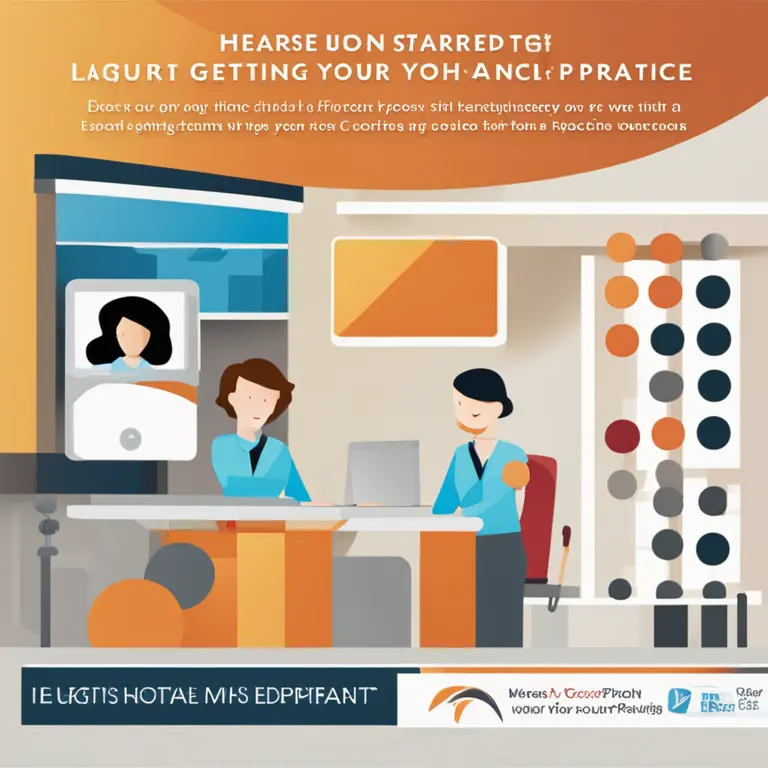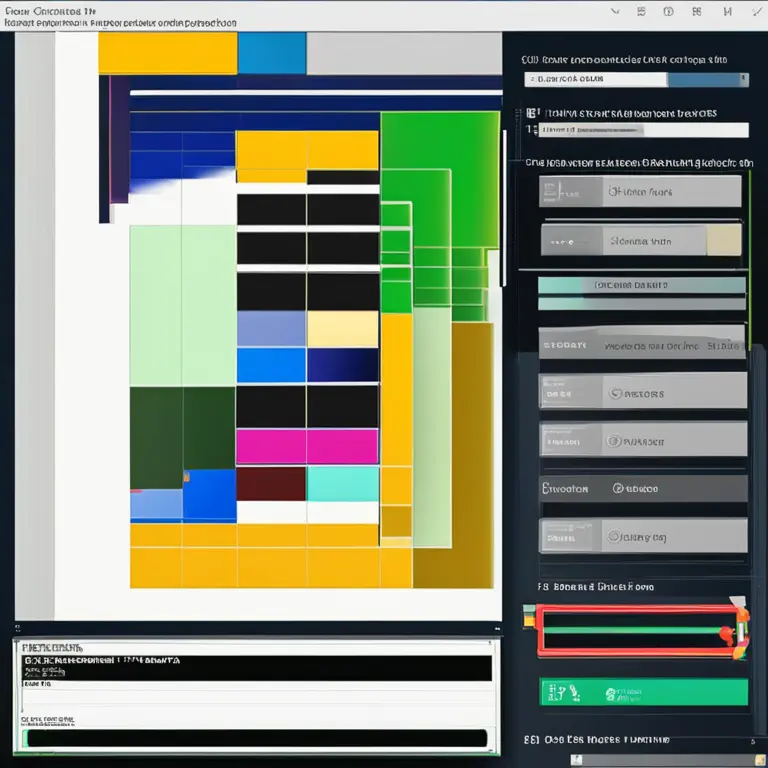
A Simple Guide to Mindfulness Meditation
Learn the art of mindfulness meditation to enhance your focus, reduce stress, and foster a peaceful mind through this step-by-step guide.
article by Hina Kurosawa
Introduction to Mindfulness Meditation
Mindfulness meditation is a mental practice that involves focusing your mind on your experiences (such as your own emotions, thoughts, and sensations) in the present moment. It’s a technique borrowed from Buddhist traditions, but has gained immense popularity in the secular world as a way to improve mental well-being. By practicing mindfulness, individuals can work towards a state of calmness, achieve better concentration, and enhance overall happiness. With time, mindfulness meditation is known to reduce stress levels and increase emotional regulation.

Getting Started with Your Practice
To begin your mindfulness meditation journey, establish a quiet and comfortable space where you are less likely to be disturbed. Ideally, allocate a specific time of the day for this practice when you can maintain consistency. Sit in a relaxed but upright posture with your legs crossed and hands resting on your knees. Close your eyes to minimize external distractions and to turn your attention inwards.

Attention to Breathing
The core of mindfulness meditation is focusing on your breath. Observe your natural inhalation and exhalation without alteration. Feel the air enter through your nostrils, filling your lungs, and then notice the sensation as it leaves your body. Whenever your mind starts to wander, gently bring your focus back to the breath. This process helps in anchoring you to the present moment and acts as a tool to refocus your awareness.

Acknowledging Your Thoughts
While meditating, it is natural for thoughts to arise. The aim is not to block or fight your thoughts, but rather to acknowledge them without judgment. Recognize each thought, let it pass, and return your attention back to your breathing. This practice of returning to the present moment builds mental resilience and equanimity.

Body Scan Technique
Another significant aspect of mindfulness meditation is the body scan. Shift your focus to different parts of your body one at a time. Starting from the tips of your toes, move gradually up through your body, noting any discomfort, tension, or sensations you encounter. This can sharpen your focus and heighten your bodily awareness, fostering a deeper mind-body connection.
Incorporating Mindfulness into Daily Life
Mindfulness doesn’t have to be limited to a meditation practice; it can be integrated into everyday activities. Practice being present during routine tasks such as eating, walking, or even listening to others. The more you integrate mindfulness into your daily life, the more its benefits will permeate your overall sense of well-being.
Consistency and Patience
Like any skill, mindfulness takes time to develop. Cultivate patience and consistency in your practice. Don't be discouraged by days when concentration seems elusive. With regular meditation, the mind becomes better at being focused and staying in the moment. Each session is a step forward in your mindfulness journey.
Published: 1/18/2024
Modified: 1/18/2024
More predictions
Come back here soon to learn more about yourself and your future


Mindfulness Meditation As A Tool for Anxiety Relief
Discover how mindfulness meditation can be a powerful tool for anxiety relief, fostering a sense of peace and well-being through simple, guided practices.


Mindfulness Meditation: A Path to Lasting Happiness
Discover how mindfulness meditation can enhance your sense of wellbeing and lead you to a happier life in this insightful article.


The Connection Between Meditation & Mindfulness
Discover the relationship between meditation and mindfulness, and how these practices contribute to mental clarity and inner peace.